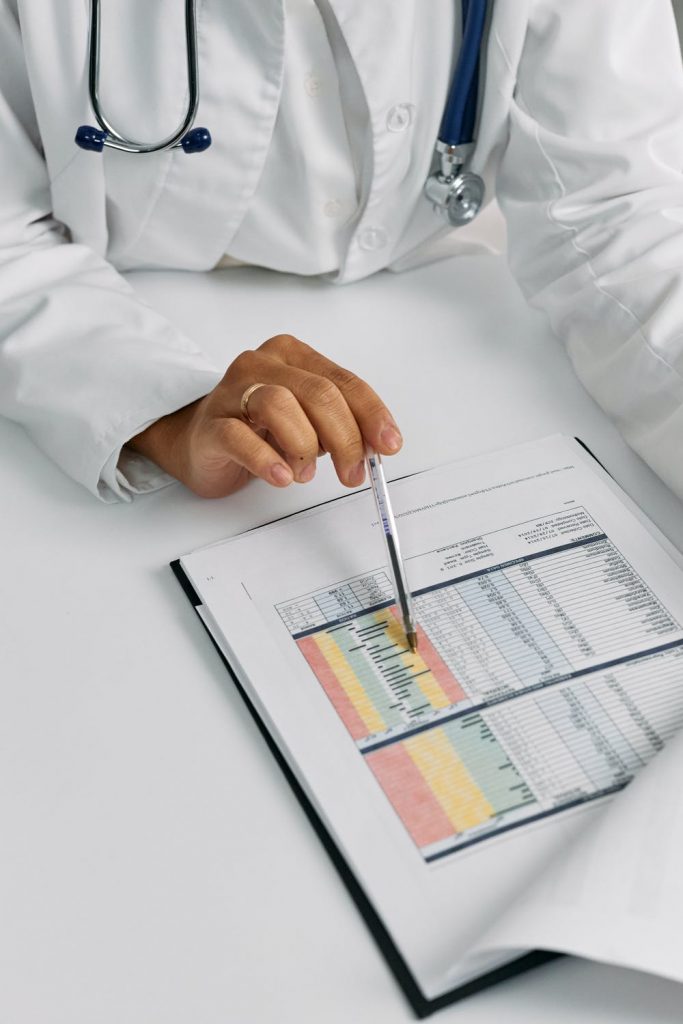
While there is no replacing the human component in effective healthcare utilization management, advanced technologies can deliver significant improvements. Artificial Intelligence (AI) used in combination with clinical evidence has been seen as one such technology. Data-driven medication utilization management tools are another.
AI in Utilization Management
Leveraging AI, medical care managers and providers can process large quantities of clinical data to provide valuable insights that can be applied to improve patient outcomes. Applying AI, new healthcare patterns and trends can be identified to facilitate better treatment plans. For complex patients with comorbidities, its application can be especially valuable. When used in conjunction with electronic health record (EHR) data, improved healthcare efficiencies can be derived along with enhanced decision-making relating to a patient’s care. Similarly, the application of AI in conjunction with other technologies, such as predictive analytics, can assist in facilitating specific patient projections. AI-driven predictive analytics can transform utilization management to the benefit of patients and providers, paving the way for a more cost-effective and higher quality of patient care.
Medication Management Tools for Lower Drug Costs
Also proving to have an important role in medication utilization management are data-driven tools designed to lower drug costs. The American Hospital Association estimated losses of $323 billion in 2020 alone due to the pandemic and its impact on the healthcare industry. A major cause of these losses is escalating drug costs. From 2013 to 2018, prescription medication costs were already skyrocketing, increasing by 30% to $344 billion. Those numbers have continued to rise. A major contributor to these escalations has been the costs associated with the category of high-cost specialty drugs, in particular, biologics. They represented 43% of all U.S. drug expenditures in 2019 or $211 billion in spending.
To address these costs, providers are looking at innovative, multidisciplinary medication utilization management (MUM) solutions. Based on real-time clinical and financial data, MUMs deliver support to pharmacy managers to enable their evidence-based, data-driven decision making. Drug-related purchasing patterns, changes in volumes of specific drugs purchased and utilized, and price fluctuations among other data is easily accessed online and information can be shared with all key parties. Medication utilization management reports can be created to clearly present patient insurance information and patterns relating to physician(s) prescribing of various specialty drugs. Guided by sound utilization management strategies, MUMs can be used to drill down on a facility, specialty, and regional basis to identify drug prescribing practices, specialty drug utilization patterns, payer coverage issues, etc. These tools can then, in turn, help reverse the industry norm whereby 20% of medications drive 80% of an organization’s entire drug expense.
Looking ahead, progressive utilization management service providers are guiding their clients in ways to leverage these and other emerging technologies and strategies that support the best patient outcomes and cost-containment goals.


